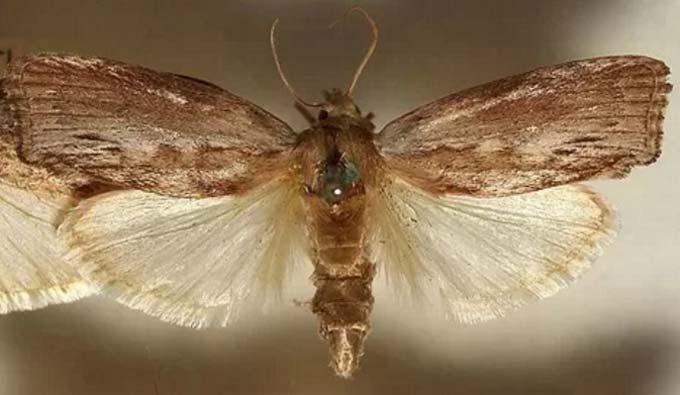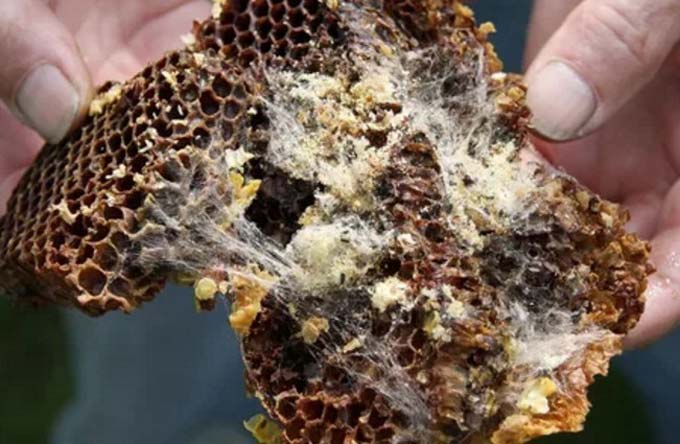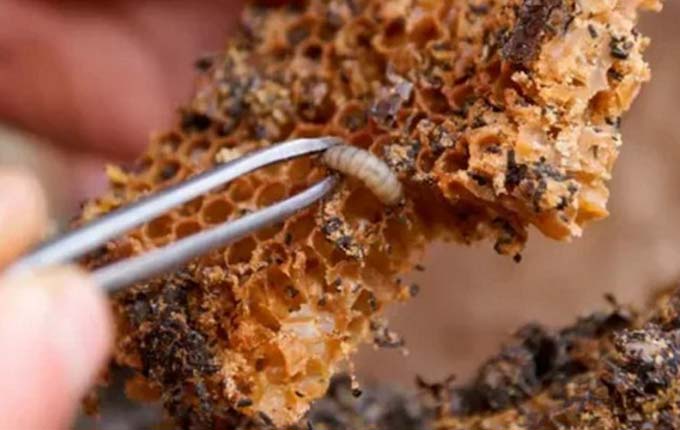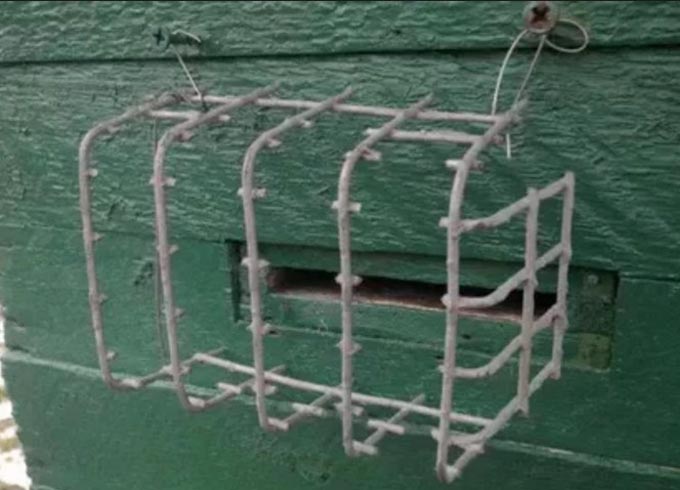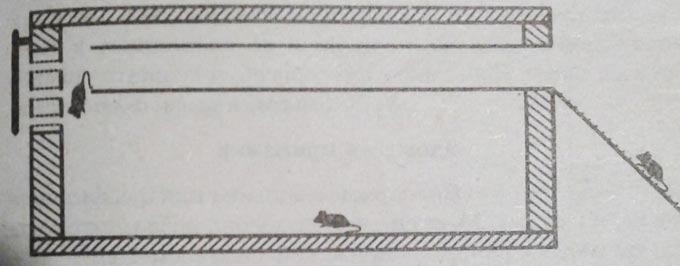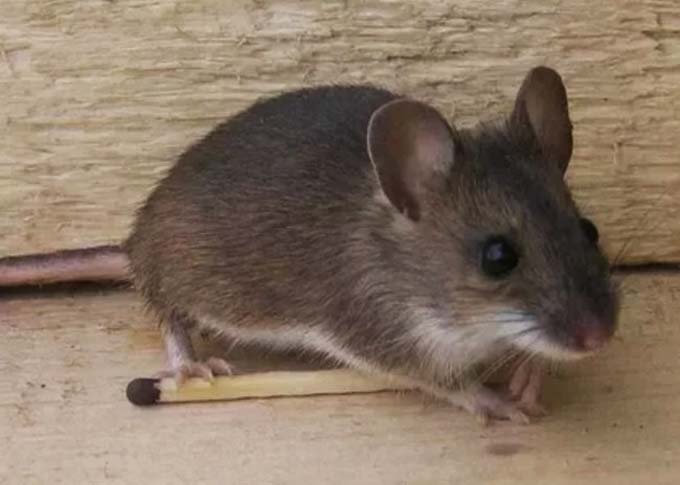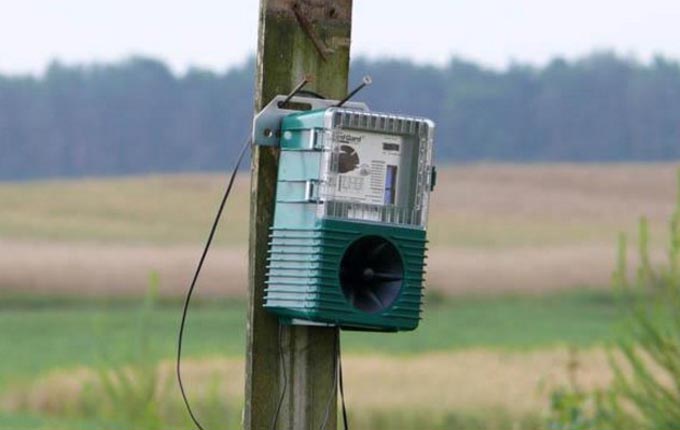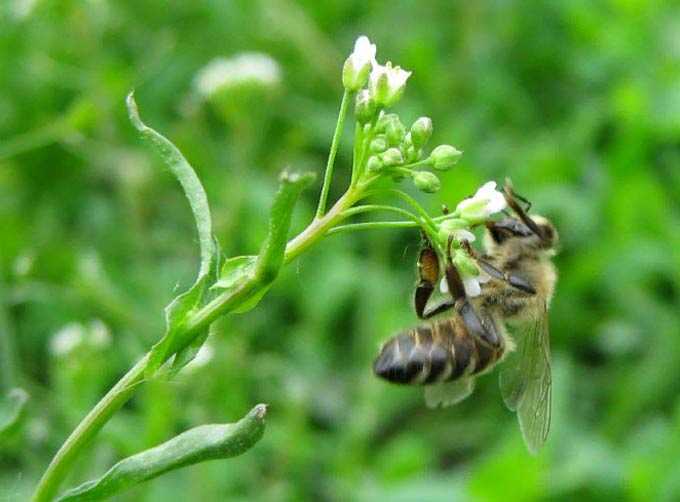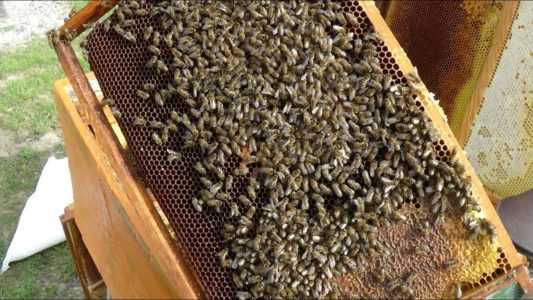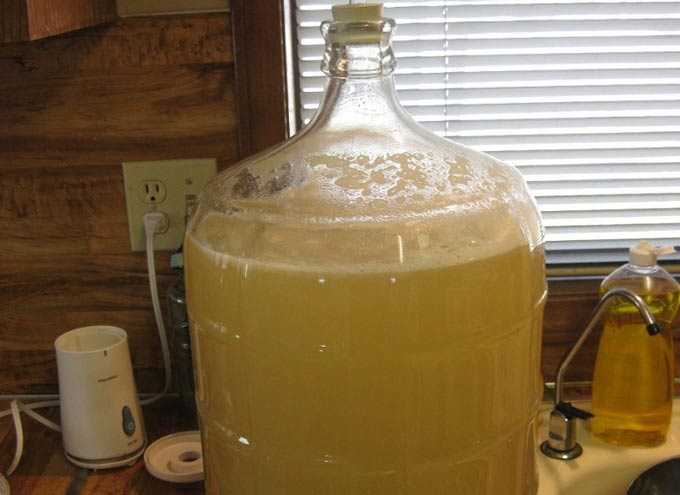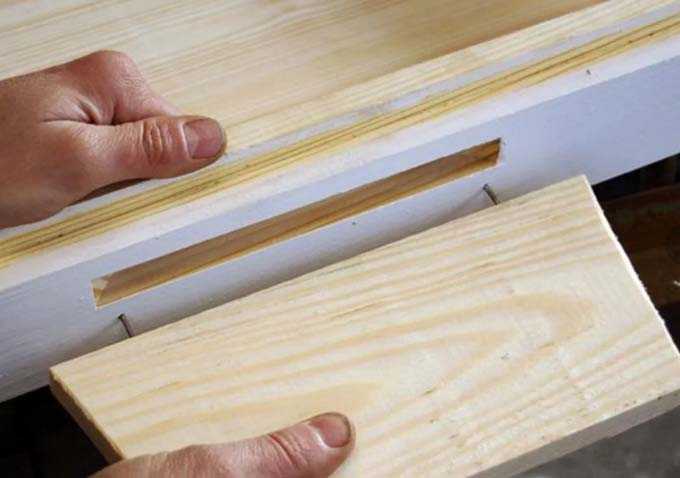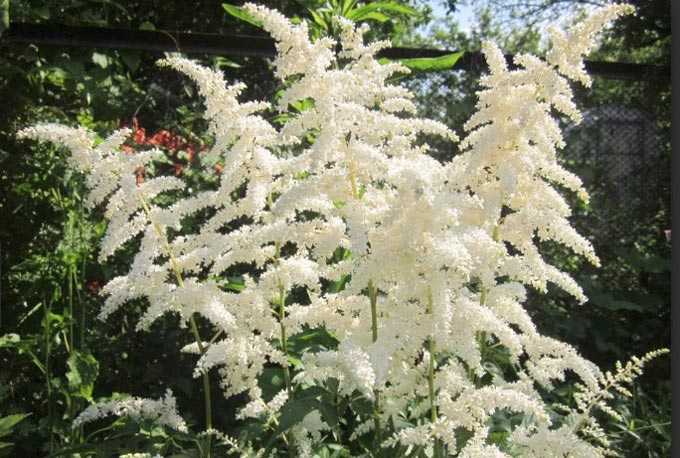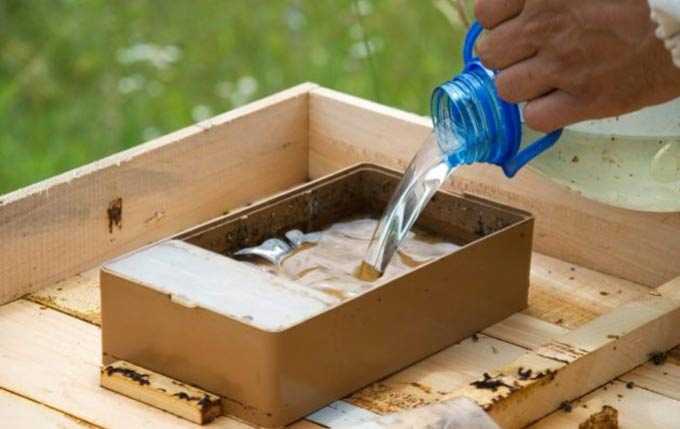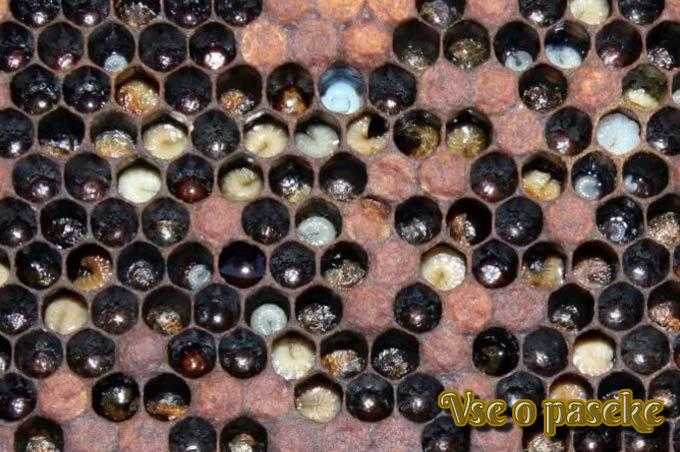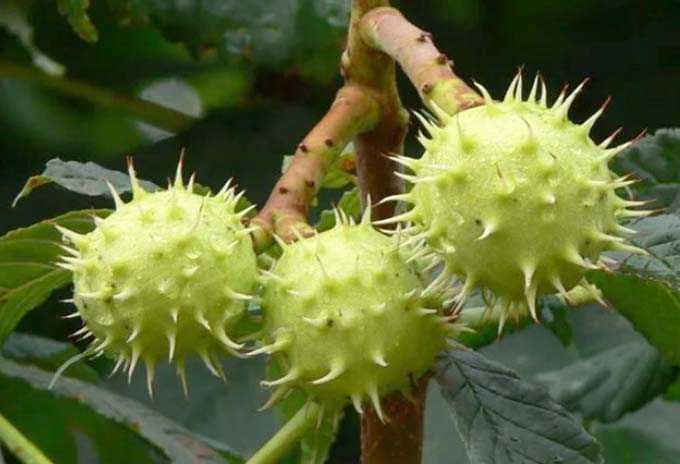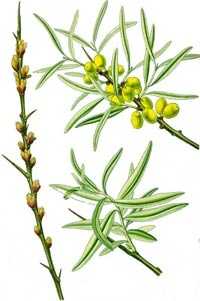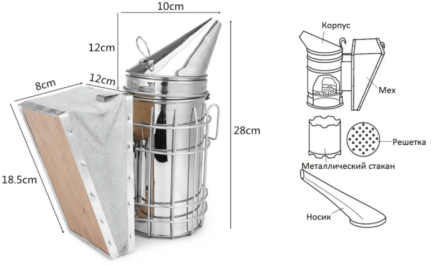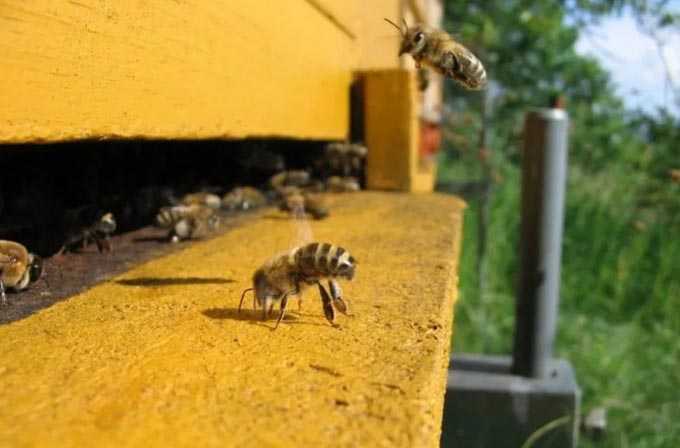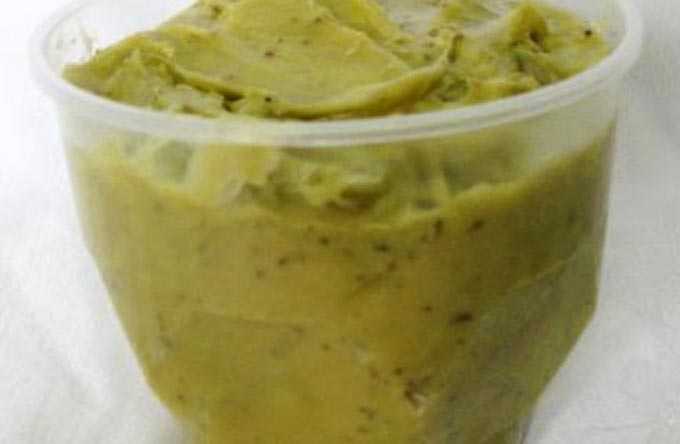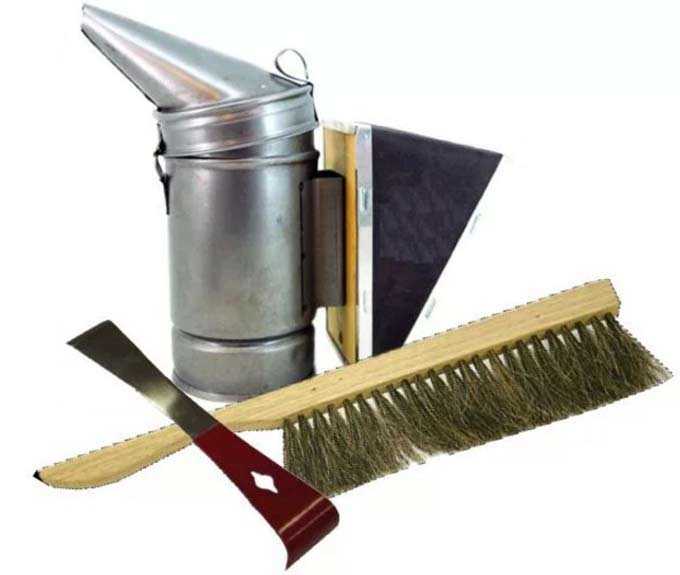Honey bees have many enemies from the world of insects and birds. Some of them destroy adults or parasitize them, others destroy wax structures, harming the brood, eat bee bread and steal honey.
With bee pests and enemies, beekeepers must wage the most vigorous struggle, since neglect of protection measures in this case will lead to financial damage caused by a decrease in the productivity of the apiary and the death of bees.
The content of the article
- 1 Birds
- 2 Rodents
- 3 Mole
- 4 Killing moths
- 4.1 Fumigation with sulfur dioxide
- 5 Rodent extermination
- 5.1 Homemade trap
- 5.2 Non-poisonous bait
- 6 Scaring away birds
Birds
Of the birds that annoy beekeepers, the most famous are:
Bee-eaters – large predators with a dark brown coloration of the back and a light abdomen. They willingly eat stinging insects: bumblebees, wasps, honey bees.
Having identified the airway along which the bees transport bribes to the hives, the bee-eaters are systematically engaged in their destruction, quickly reducing the number of workers. Gluttonous predators catch bees on the fly, bite off the tip of their abdomen with a sting, throw it away, and swallow the rest of the prey. The hunt ends only when the bird’s goiter is full of food.
Shrikes Is another breed of birds that is aggressive towards bees. There are several types of winged predators that hunt in apiaries – these are black-faced, red-headed shrike and shrike shrike. The food preferences of birds are various flying insects. In apiaries, predators will destroy a large number of worker bees.
Golden bee eaters – relatively small birds with bright plumage. In length they reach 21-25 centimeters. The predator can be distinguished by its golden-yellow neck, brown back and green-blue tail.
They willingly settle near apiaries, preferring to nest in burrows on steep cliffs along the banks of artificial and natural reservoirs, rivers, ravines. In one clutch, birds have up to 7-8 eggs. As a result, by the middle of summer, near the apiary, whole flocks of winged hunters are formed, capable of destroying most of the worker bees in a few days, which significantly reduces the honey yield during the main flow.
Tits – birds, often adjacent to human habitation and seeming outwardly harmless. At small sizes, they can cause significant damage during the wintering period. And the point here is not at all a few bees eaten on the taphole per day.
Birds knock on the landing boards with their beaks, which excites the bees wintering on the street. Insects can become very agitated and creep out of the club. In addition, expanded polystyrene hives do not withstand bird attacks – chips and defects appear on the fragile material that violate the tightness of the entire structure of the house.
A successful bird attack ends with the penetration of predators into the plastic hive, where they roam freely along the bottom. Therefore, the owners of plastic bee houses should protect their apiary from tits.
Rodents
The apiary is also eagerly visited by representatives of the rodent family: baby mice, common mice and rats. They are active at any time of the day. And the wide distribution of rodents makes the fight against them especially acute for beekeepers.
The greatest damage to beekeeping is caused by mice of several of the most common breeds:
- Baby – pests up to 7 cm long live in dense grass in forests, fields, forest edges and clearings. Rodents have a brown-yellow back color and a white abdomen.
- Yellow throated mice painted on the back in a bright brown-ocher color. There is a spot of the same shade on the chest. The abdomen is white, the size is large enough – up to 12-13,5 cm.
- Forest mice have a red back color and a whitish abdomen. They reach a length of 11-11,5 cm.
- Voles colored red or brown. A distinctive feature is a black strip along the back. Body length up to 11-12,5 cm.
- House mice They are painted gray, the belly is white, the body length is up to 11 cm. They willingly settle near human habitation, and in the south and outside buildings, tearing holes in the ground.
Rodents from the mouse family appear in apiaries in the autumn. They gnaw holes in the walls of the hives or climb inside through the notches. Here, a nest is built under the frames, destroying the honeycomb. They willingly destroy bees by eating the breasts of living and dead insects. They eat honey and bee bread. In honeycomb storages and back rooms, they spoil the frames, gnaw at the inventory.
The specific smell and fuss of rodents worries the bees – insects leave the hive at the first opportunity, damaged by the mice. Honeycombs that smell foul of mouse droppings also do not accept bees – they have to be discarded.
Wintering areas and honeycomb storage can also be populated by gray, black or red rats. They do great harm, like mice, destroying beekeeping products, spoiling hives and eating bees.
Mole
The wax moth is an unsightly moth, widespread in all regions except the north. There are two types of this insect:
- Big mole has a brown body and gray wings with dark brown dots. It reaches 1,5-2 centimeters in length.
- Small mole painted in a monochromatic brown-gray color. In length, the body of the pest does not exceed 1-1,2 centimeters.
The pest is extremely prolific. For two weeks of life, females lay an average of 600-800 eggs. Insect eggs are often placed in the litter accumulated at the bottom of the bee houses, or in the cracks of its structure. In weakened colonies, butterflies inhabit the honeycomb directly, thereby facilitating access to food for the young.
The hatched larvae have increased mobility – moving along the combs, they eat wax, bee bread and the remains of bee cocoons. The active period of development and feeding in insects takes up to 40 days. After which the larvae pupate. At low air temperatures, the development of moths slows down somewhat. It can take an average of 75-85 days before pupation. And when the temperature drops to +10 degrees, the larvae stop moving, feed and go into hibernation. In this state, the pests successfully winter and wake up in the hives with the onset of the first spring heat.
Killing moths
In hives, moths start only if the beekeeper has not taken care of the cleanliness and strengthening of the families. Therefore, the basic rules for combating pests are:
- increasing the strength of bee families;
- strict adherence to cleanliness;
- refusal to store frames with spare dry land directly in hives inhabited by bees (they are sometimes placed behind diaphragms, thereby attracting moths).
Drying should be stored in drafty areas such as attics. The frames are suspended on rails in such a way that there is no accidental contact with each other (the moth prefers to populate precisely the points of close adhesion of the honeycomb).
Fumigation with sulfur dioxide
Fighting moths in an apiary includes storing spare sushi in special cabinets or chests with sulfur fumigation. Free hives, hulls, shops are also suitable for storage.
The filled storage is fumigated at the rate of 150 g of sulfur for each cubic meter. Sulfur is taken in powder. After calculating its amount, the substance is placed in an earthen pot with burning coals installed at the bottom of the storage. The lid or door is closed so that there is a small hole for the oxygen supply and to keep the coals burning. At the end of the combustion, the storage is tightly sealed.
Fumigation is performed in three stages:
- for the first time, all adults and larvae die;
- re-fumigation is performed after 15 days, when a new generation of pests appears from the eggs;
- a third fumigation after 20 days completes the process of killing moths in the store.
- Important: wax materials intended for delivery to procurement points cannot be stored in bags or sacks! Barrels or dense boxes are suitable for storage, and the raw materials must be ironed on top with a hot iron or an old iron to form a continuous protective crust.
If there is no suitable container for storage, it is better to melt the wax and hand it over to a procurement station.
Rodent extermination
To prevent the penetration of rodents into the apiary, the following measures must be taken:
- In time, fill up all holes in the back rooms with cement mixed with broken glass.
- Install metal mesh barriers on the entrances.
- Carefully inspect the winter houses before setting up bee houses in them. Use rodent control agents if necessary.
- Store combs, wax materials, inventory in rooms inaccessible to mice and rats.
Important: the use of poisons and chemicals in the immediate vicinity of the inhabited hives can cause irreparable harm – sooner or later the bees will die.
Therefore, experienced beekeepers often use folk methods of fighting mice in apiaries:
- Warming mattresses and pillows are stuffed with dry walnut leaves and placed in the hives. Also, walnuts are suitable for storage frames – the moth does not like the smell of this plant and does not touch dryness.
- Dry bunches of peppermint are placed in the corners of the hive at the bottom or under a lid.
- Medicinal black root is used. The fruits of the plant are covered with tenacious thorns that rodents cannot get rid of. They remember the smell of blackroot at the genetic level. If you spread the dried stems and leaves of a plant in hives, mice will never settle in bee houses.
- Lay strips of glass 7-8 cm wide flat on the arrival boards as soon as frost sets in. The glass is not attached to anything. Bees freely enter and leave the nest, but mice cannot walk on clean glass.
- And, of course, no one canceled the use of ordinary mousetraps. They can be placed in the frame storage and in the winter house, periodically changing the bait.
Homemade trap
Craftsmen build continuously operating silent mousetraps with their own hands. Such a fight against mice in an apiary is effective and does not require special costs.
To make a trap you will need:
- two planks of hardwood for the bottom and lid measuring 10 × 220×300 mm;
- two side walls measuring 10 × 200×300 mm;
- two end walls measuring 10 × 200×200 mm.
A round hole with a diameter of 2,5 cm is drilled in the front wall, through which a tin tube 27-28 cm long is passed inside. In the rear wall, installed on hinges, a window with a diameter of 8 cm is cut out, barred with a metal mesh. Outside, the window is closed with a latch.
Fried sunflower seeds are poured inside through the net. Then the window is closed with a latch. A plank is attached to the wall with the tube – a kind of gangway. The mice, smelling the food, enter the trap through the tube and jump to the bottom of the box. Entering the trap of one animal causes a massive raid of rodents – they all tend to get into the box.
It is impossible to get out of this silent mousetrap, since the tube hole is located high under the ceiling of the box. Mice are removed from the box through the rear end wall equipped with hinges and a spinner (hook, latch).
Non-poisonous bait
To kill mice, you can use bread balls with cement and glass powder. For a kilogram of fresh bread, 200 g of glass and dry cement are taken. Small balls of 5-10 grams are formed, which are readily eaten by rodents and die from intestinal blockages.
Scaring away birds
Bird control in an apiary can be done in several ways:
- To scare away, pieces of a mirror are used, attached to the front wall of the hive above the entrance. The titmouse sees its reflection, gets scared and flies away.
- For wooden beehives, the installation of inclined planks or plywood attached to the entrance is relevant. It is inconvenient for birds to sit on such a surface, but at the same time there is a free passage for bees.
- Instead of a board-shield, a canopy made of metal mesh can be used. Such protection is installed both over the entire hive and directly above the entrance.
- It is possible to fight with titmouse in an apiary in quite humane ways. Near the point, bird feeders are hung, which are constantly filled with grain, bread crumbs, porridge, pieces of bacon. This is a great way to keep the garden’s natural defenses against caterpillars and other pests. Well-fed tits hardly approach the hives, but at the same time they do not hesitate to hunt for garden pests. True, their livestock is growing, which is fraught with a massive attack on the apiary in case of depletion of feeding (for example, the beekeeper forgot to spread the food in the morning and all the hungry birds immediately went to the bee houses).
Video on using mirrors to scare away:
Installing electronic scarers is the most modern way to protect bees from all kinds of birds. The device reproduces the calls of large birds of prey. In some cases, even rodents, frightened by dangerous sounds, leave the apiary.
No less relevant is the question of how to deal with the golden bee-eater. In the apiary, it often appears in the middle lane and causes significant harm.
You can read more about the fight against bee-eats here: Methods for scaring away bee-eats in a home apiary
About ant control methods: Effective ant control methods in a home apiary
The most accessible remedy is scaring away by imitating the cry of a kite. However, bee-eaters do not react to such sound protection for long – without detecting a real threat, the birds start hunting. Therefore, it is recommended to turn on the loudspeakers infrequently and for a short time, so as not to become addictive among predators.
As beekeeping practice shows, it is most difficult to protect bees from birds, which sometimes show amazing courage and practically do not react to any tricks of the beekeepers. In such cases, to ensure the safety of the apiary, you will have to show real ingenuity and perseverance.




